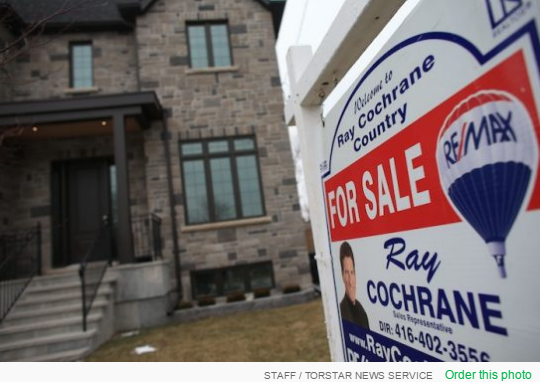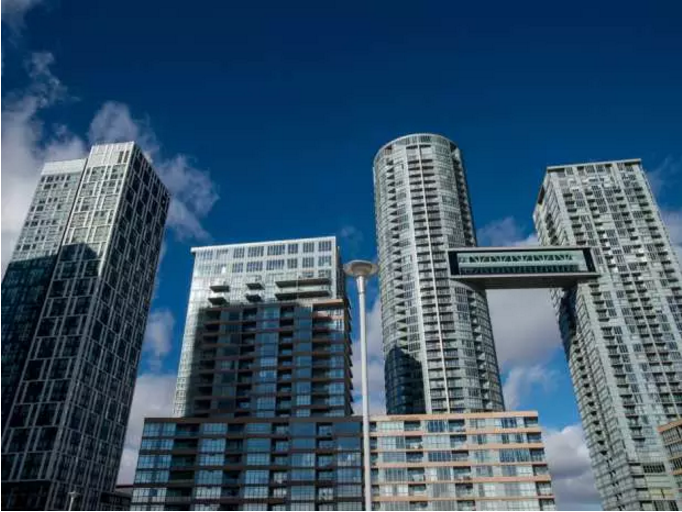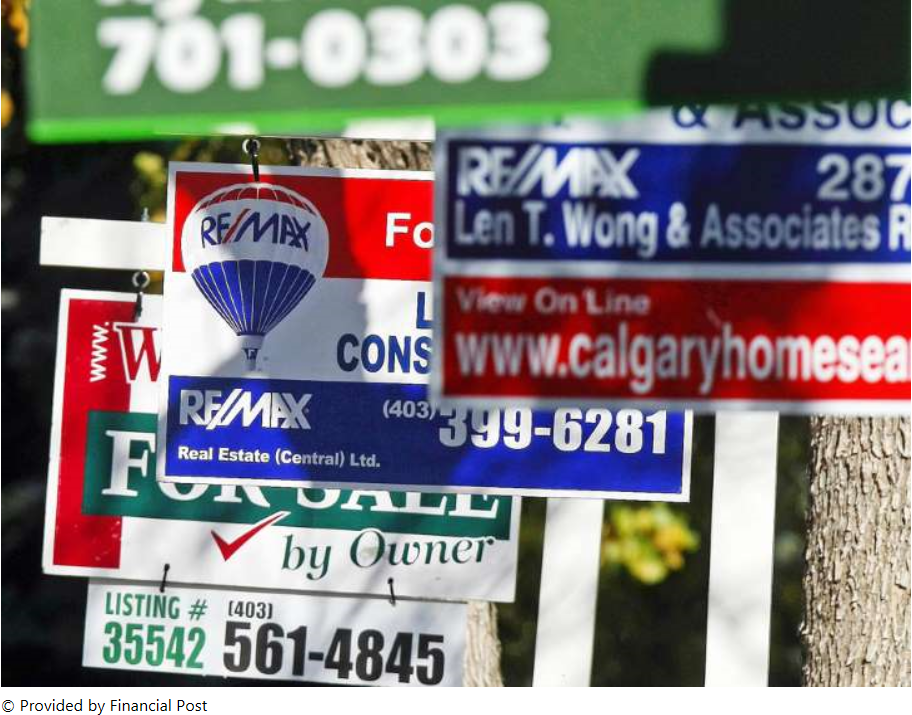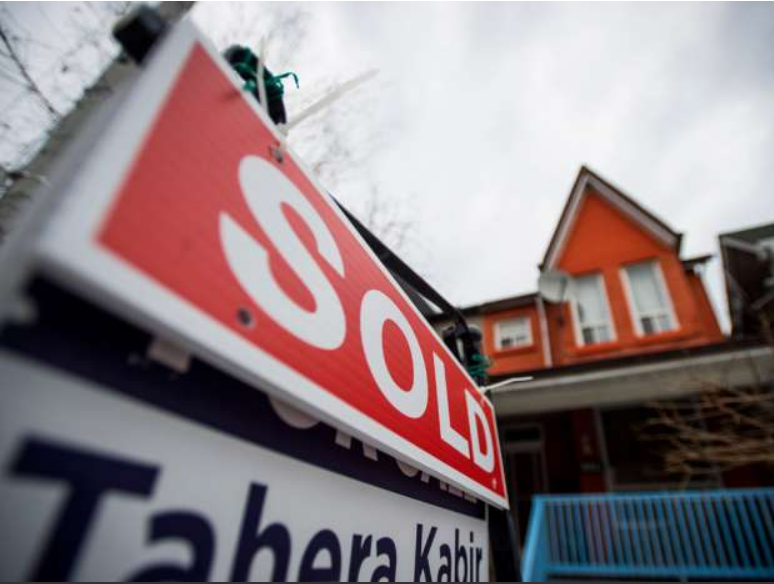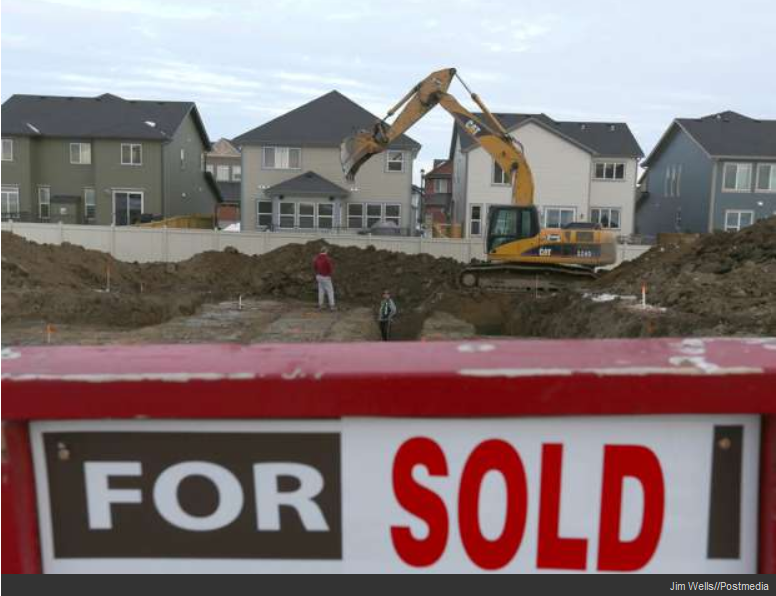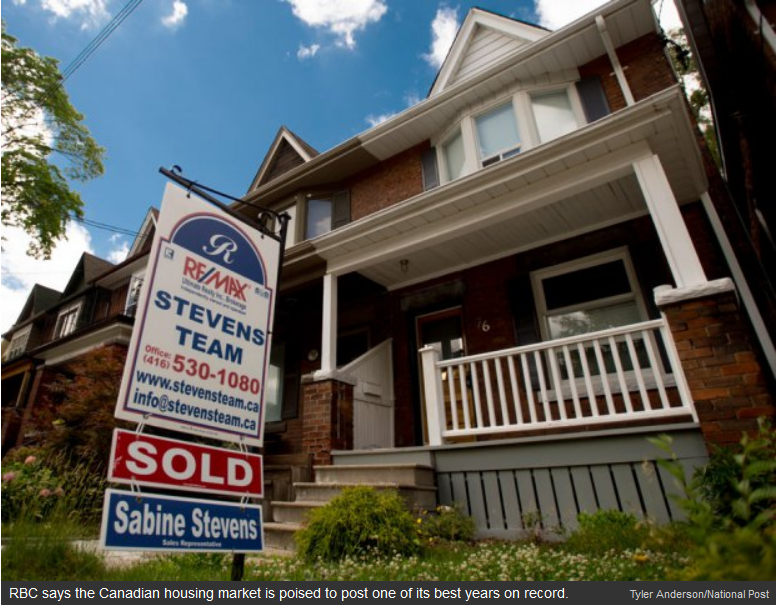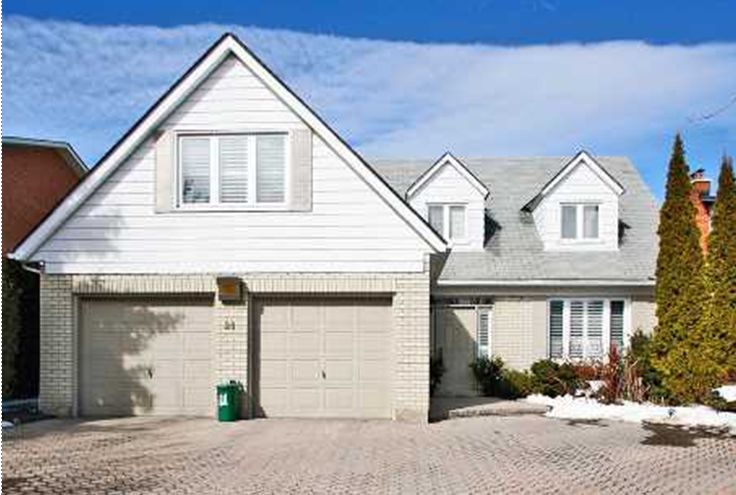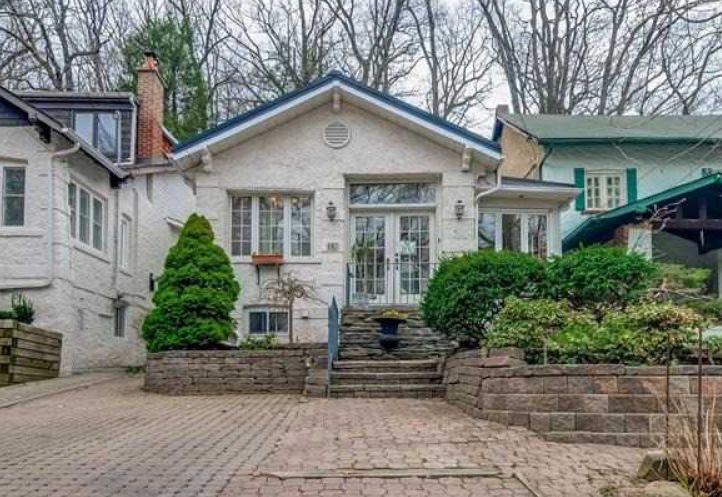Is 2017 the year that the hot market begins to sputter in the Toronto region’s overheated real estate market?
Interest Rates
The inching up of interest rates and most stringent mortgage rules are among the factors that could play a role in tempering sales in the red-hot Toronto region market, mentions Jason Mercer, Manager of Market Analysis for Toronto Real Estate Board (TREB).
Those effects could be enough for some households to set a home buy on hold. But Mercer mentions that most consumers will look for other selections in order to pursue their home ownership dreams.
“If you were thinking of buying a single detached home in Toronto, may be now you are looking at buying in one of the surrounding areas or you are going to change both your home type and the geography you are looking for,” he said.
Supply and demand
Industry sources agree that the lack of available properties — resale and brand-new homes — is still being the real estate situation next year.
Mercer has predicted that re-sale listings will continue to materialize at very low levels, driving up prices.
Ms. Williams, real estate agent, expects listings are likely to be scarcer in 2017 than they were in 2016.
“I don’t see a lot of people initiating lateral moves. With the closing costs and the higher cost of houses it doesn’t make sense,” said Williams. “I think we’re going to see much more people that are either up-sizing or down-sizing, which is going to keep the amount of listings low in 2017 — which could create higher costs and more bidding wars.”
The supply of brand-new houses will likewise continue its decline, mentions Bryan Tuckey of the Building Industry and Land Development Association( BILD ). There were 2,300 low-rise dwellings on the market in October compared to 4,000 in January, 2016, he said.
A lack of serviced designated lands shows “our members are still in difficulty to get homes on the market,” he said.
Condos
High housing costs are bringing condo lifestyles into the mainstream for more young families, mentions Mr. Slutsky of BuzzBuzzHome.
Wise investors are also looking at older condos because they frequently offer more space.
New condos are also getting larger, mentions Tuckey. But that will likewise affect price.
Condo costs have gone up 10 per cent time over year.
“Over the years, some of the increased cost of land, building and labor were disguised a little bit because sizes were getting smaller,” he said.
Williams, who works out of Liberty Village, says she’s already finding a demand for those larger units.
As well, she said, more patrons are looking for outdoor space and a view.
Proximity to the subway is also increasingly important as parking and congestion become more expensive and time-consuming, she said.
Two or 3 years ago the record number of condos under building and the finishes coming down the pipe might have raised concerns about inventory, said Mercer.
But “if there’s” fewer units on the market, the Toronto region might have pushed the high-rise segment to be as tight as world markets for detached, semis and townhomes, he said.
Price growth in the condo market likewise” speaks to the strong first-time customer activity we continue to see in the City of Toronto and the surrounding areas,” he said.
Competition for houses
New lending rules in fall of 2016 have slackened things down, said Mr. Brown, real estate agent, but competition is still alive and well among customers vying for the same property.
The difference, he said, is that instead of 10 offers, the sellers may to be looking at six or eight.
But as 2016 is coming to an end, Brown said he’s seen more conditional offers being accepted and some properties are sitting on the market a little bit longer.
“In the million-dollar price range and under it’s still pretty busy ,” he said.
But he added,” We’re not really sure what’s going to happen in January and February, 2017, which has been really busy over the last five years. People just are liable to be exhausted .”
First-time buyers
With the brand-new mortgage stress tests introduced by Ottawa in October, 2016, Brown says he’s already seen fewer of the first-time buyers that fuel the market.
“We’ve had a couple of bargains fall apart because the buyers thought they were qualified for any particular amount of money and then the brand-new mortgage rules came in and we were in the middle and they found out they didn’t qualify for as much as they thought they had,” he said.
If somebody qualified for $650,000 they’re only qualifying for $500,000 under the brand-new rules, said Brown.
But among first-time buyers, Brown says there’s a developing recognition that they have to be realistic. Some are looking at income properties that help them carry the mortgage.
They’re understanding, he said, that a starter home isn’t inevitably going to be your dream home.
In some cases they intend to looking outside their preferred neighborhoods, said Williams.
Even with the help of government steps such as the doubling of the provincial land transfer tax rebate for first-time buyers, it’s a tough for entry-level market, she said.
In brand-new home sales, Tuckey said,” Townhomes have become the new single home.
“They’re the living style that people are like to be in when they have families and they want to try to be a little closer to the ground ,” he said.
He predicts that builders will continue to innovate with more stacked, back-to-back and smaller townhomes to stimulate them affordability.
Policy
Those townhomes will home more people in the region particularly as Queen’s Park moves ahead to update its growing plan to create a denser region.
Home buyers and the building industries have to start to focus on the house-type supply that will necessarily be part of that density.
“This is our brand-new normal and I’m not sure people in Toronto understands that ,” said Tuckey.
“The district wants intensification to be part of the future and that does put pressure on existing communities,” he said.
OREA’s Hudak mentions the provincial land policies that are feeding denser growing are for “well-intentioned environmental reasons.” But, he said, the pendulum has swayed too far.
“You’ve really limited land use in the GTA until you have more people who are chasing fewer houses and that’s forcing price increases,” he said.
“It’s certainly very clear from our data that we need to get more housing options out there for people, particularly for first-time home customers, added Hudak.
“There’s a lot of people who are interested in moving into the GTA from Ontario or from outside,” he said.” That’s a sign of economic success and potential. We’re just not constructing enough dwellings for them.”
Two other policy changes on the horizon: new developments could add another expenditure for homeowners and inclusionary zoning involving developers to set aside some brand-new units for lower income households — if done improperly — could make all housing more expensive, said Tuckey.
Source: Toronto Star


